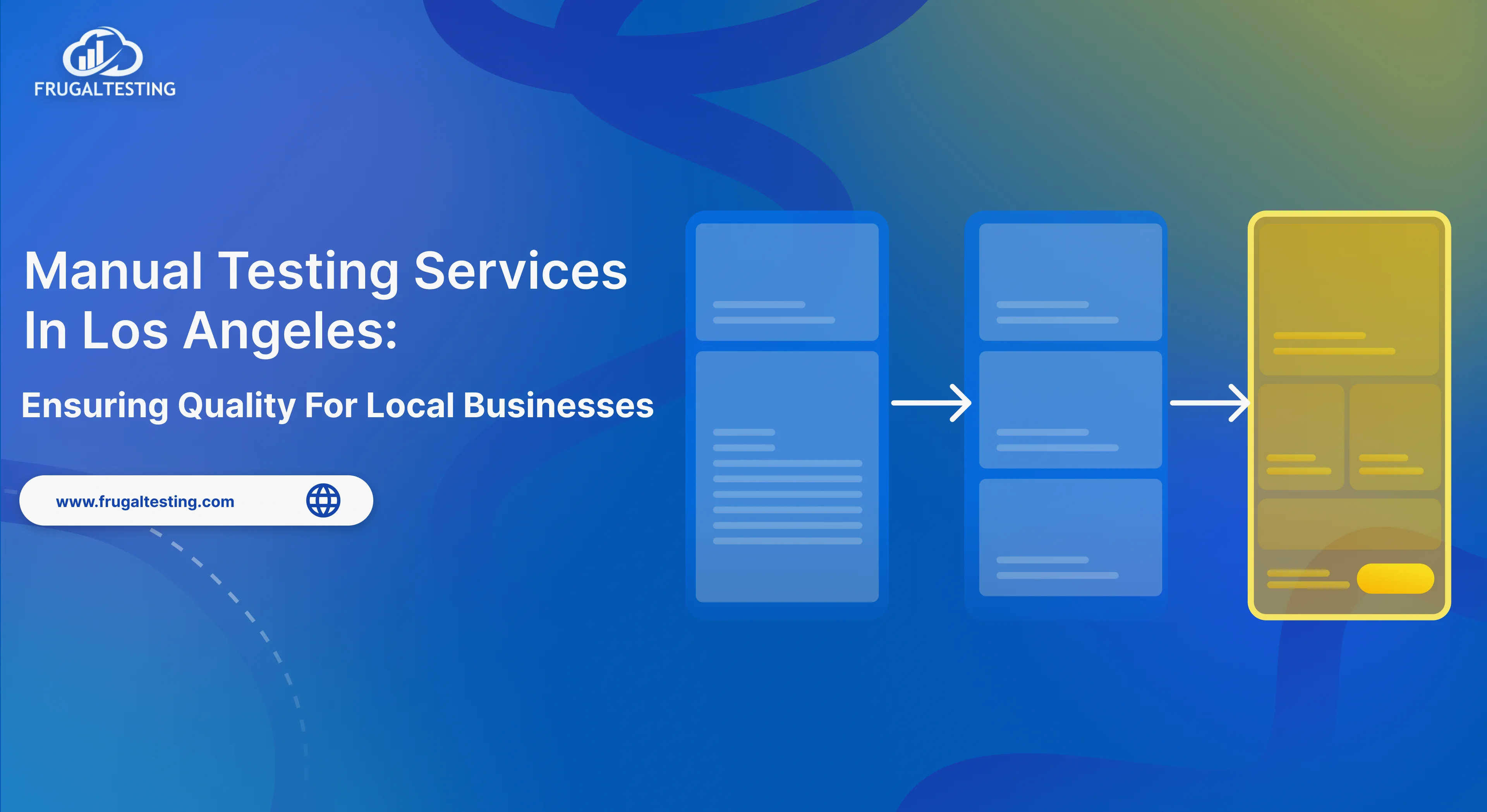32% of executives foresee a rise in traditional outsourcing budgets. This surge in demand reflects a growing need for specialized talent and technological expertise. Companies are increasingly outsourcing to access hard-to-source skills and drive transformation in today's competitive landscape.
With this blog, you will be able to discover these:
📌 Rising Demand for Outsourcing: Traditional outsourcing budgets are increasing, reflecting a heightened demand for specialized talent and technological expertise.
📌 Benefits of Outsourcing: Access to a global talent pool, technological advancements, risk mitigation, and enhanced focus on innovation are among the key benefits of outsourcing.
📌 Critical Considerations for Outsourcing Decisions: Timing is crucial, with workload, expertise, cost constraints, flexibility, and core competencies influencing outsourcing decisions.
📌 Essential Elements for Successful Outsourcing Partnerships: Transparency, security validation, effective communication, and understanding of project suitability are essential for fostering successful outsourcing partnerships.
Let's explore the benefits of outsourcing to third parties, delving into key insights and practical considerations that can reshape how businesses approach collaboration and efficiency.
-compressed.webp)
10 reasons why we should outsource with a third party in 2024
🚀 Outsourcing to a third party means hiring an external company to handle certain tasks or services instead of doing them in-house within business days. But why do companies choose to outsource? Here are a few reasons:
- Global Talent Pool: Outsourcing allows access to a global talent pool, enabling companies to find the best skills and expertise regardless of geographical location, ensuring the development of non-infringing products.
- Technological Advancements: Third-party providers often invest in the latest technologies and tools, giving companies access to cutting-edge solutions without significant upfront investment.
- Risk Mitigation: Outsourcing can help mitigate risks by sharing them with external partners with specialized knowledge and experience in managing certain tasks or processes, ensuring the development and delivery of non-infringing products.
- Enhanced Focus on Innovation: By outsourcing routine or non-core tasks, companies can free up resources to focus on innovation and strategic initiatives that drive growth and competitive advantage.
- Cost Efficiency: Outsourcing can lead to cost savings (including shipping costs) by reducing overhead expenses, such as salaries, benefits, and infrastructure costs associated with in-house operations, promoting the production of non-infringing products.
-compressed%2520(3)%2520(1).webp)
- Improved Quality and Speed: Third-party providers often specialize in specific areas, allowing them to deliver higher quality work more quickly than in-house teams who may have competing priorities. Businesses can outsource supply chain activities to specialist service providers to improve quality.
- Agility and Flexibility: Outsourcing offers flexibility by allowing companies to quickly adapt to changing market conditions or business needs without internal processes and resource constraints.
- Access to Industry Best Practices: External providers bring industry best practices and insights gained from working with multiple clients, which can help improve processes and drive continuous improvement.
- Focus on Core Competencies: Outsourcing non-core activities allows companies to focus their resources and attention on their core competencies, where they can create the most value for their customers. Outsourcing supply chain activities enables companies to concentrate on core competencies.
- Scalability: Outsourcing enables companies to scale their operations up or down as needed without the hassle of hiring or laying off staff, making it easier to respond to fluctuations in demand.

When is the right time to outsource to a third party?
Deciding when to outsource can vary depending on the company's needs and circumstances. However, here are some common situations where outsourcing might be beneficial:
🎯 Overloaded Staff: When existing staff are overloaded with work and struggling to keep up, outsourcing can help alleviate the burden and maintain productivity.
🎯 Lack of In-House Expertise: Outsourcing to a third party with the required skills can be advantageous if a company lacks the necessary expertise or resources to handle certain tasks effectively.
🎯 Cost Constraints: When budget constraints make hiring additional staff or investing in infrastructure difficult, an outsourced provider can provide a cost-effective solution.
🎯 Need for Flexibility: An outsource provider offers flexibility in industries with fluctuating demand or seasonal peaks by allowing companies to scale their resources up or down as needed.
🎯 Desire to Focus on Core Activities: When companies want to focus their resources and attention on their core competencies, outsourcing non-core activities can free up time and resources.

Do it right: The top 3 keys to a good outsourcing decision
Deciding to outsource is one thing, but ensuring its success is another. Let’s delve into the top three keys crucial for making a good outsourcing decision, ensuring efficiency, effectiveness, and overall success in your outsourcing endeavors.
🛠️ Clear Objectives and Expectations: Before outsourcing, clearly define the objectives and expectations for the project or partnership. Communicate these to the third-party provider to ensure alignment and avoid misunderstandings.
🛠️ Choose the Right Partner: The outsourcing partner is crucial to business success. Look for third-party suppliers with a proven track record, relevant experience, and a cultural fit with your organization. Consider factors such as expertise, reliability, and communication skills.
🛠️ Effective Communication and Collaboration: Establish open and transparent communication channels with the outsourcing partner to foster collaboration and maintain alignment throughout the project. Regularly communicate progress, provide feedback, and promptly address issues or concerns to ensure a smooth working relationship.

Maximizing ROI: Strategies for Ensuring Outsourcing Success
Outsourcing initiatives are often undertaken to achieve cost savings and maximize return on investment (ROI). However, realizing these benefits requires careful planning, execution, and ongoing management. Here are key strategies to ensure outsourcing business success and maximize ROI:
🌐 Cost-Benefit Analysis: Conduct a thorough cost-benefit analysis before outsourcing to evaluate the potential savings and benefits against associated costs, ensuring alignment with your business goals, online presence strategy, and legal obligations. Consider labor costs, shipping costs, infrastructure expenses, and potential risks to determine the feasibility and ROI of outsourcing.
🌐 Vendor Selection Process: Invest time and effort in selecting the right outsourcing company to enhance your online presence. Conduct due diligence, assess vendor capabilities and track record, and seek recommendations from trusted sources. Choose a partner with a proven track record of delivering quality results and aligning with your business objectives.
🌐 Effective Contract Negotiation: Negotiate outsourcing contracts with the outsourcing company carefully to ensure favorable terms and conditions that align with your business needs and contribute to enhancing your online presence. Define service level agreements (SLAs), pricing structures, delivery timelines, and dispute resolution mechanisms to mitigate risks and protect your interests.
🌐 Continuous Improvement Initiatives: Foster a culture of continuous improvement by seeking feedback in the business practice, implementing lessons learned, and driving process enhancements to improve your online presence. Encourage collaboration between in-house teams and outsourcing partners or external service providers to identify opportunities for optimization and innovation.
🌐 Performance Evaluation and ROI Analysis: Regularly evaluate the performance of outsourcing initiatives and assess their impact on business outcomes, including the acquisition and retention of potential customers. Conduct ROI analysis to measure the financial benefits of outsourcing, particularly in developing custom software, and identify areas for further optimization and improvement.

A balanced look at Pros and Cons
Outsourcing is similar to the deliberation between preparing meals at home or dining out. Like any strategic decision, it entails advantages and disadvantages, necessitating a thorough assessment of suitability for each unique circumstance.


10 Strategies for Overcoming Common Outsourcing Obstacles
Outsourcing can offer numerous benefits, but it's not without its challenges. From communication issues to cultural differences, navigating the outsourcing landscape requires careful planning and strategic approaches. Here are ten strategies to help overcome common obstacles:
- Clear Communication Channels: Establish transparent communication channels with your outsourcing partner. Regular updates, feedback sessions, and open dialogue can help address issues promptly and ensure alignment on project goals.
- Define Expectations Clearly: To avoid misunderstandings, define project objectives, timelines (turnaround times), and deliverables. Both parties should understand their roles and responsibilities to ensure smooth project execution.

- Cultural Sensitivity Training: Invest in cultural sensitivity training for team members involved in outsourcing projects. Understanding cultural nuances can foster better collaboration and minimize misunderstandings.
- Risk Management Plans: Develop robust risk management plans to anticipate and mitigate potential challenges. Identify potential risks early on and implement contingency measures to minimize their impact on project timelines (turnaround times) and outcomes.
- Regular Performance Reviews: Conduct regular performance reviews to evaluate the effectiveness of outsourcing arrangements. Address performance issues promptly and provide constructive feedback to improve collaboration and outcomes.

- Invest in Technology: Leverage technology to facilitate communication and collaboration with your outsourcing partner. Project management tools, video conferencing platforms, and collaboration custom software can streamline workflows and enhance productivity.
- Flexibility and Adaptability: Remain flexible and adaptable in your approach to outsourcing. Market conditions and project requirements may evolve, so be prepared to adjust your strategies accordingly.
- Continuous Improvement Initiatives: Foster a culture of continuous improvement by soliciting feedback from internal stakeholders and outsourcing partners. Identify areas for enhancement and implement proactive measures to drive ongoing improvement.
- Legal and Contractual Clarity: Ensure legal and contractual clarity in outsourcing agreements to protect the interests of all parties involved. Consult legal experts to draft comprehensive contracts that outline rights, obligations, and dispute resolution mechanisms.
- Build Strong Relationships: Cultivate strong relationships with your outsourcing partners based on trust, mutual respect, and shared goals. Invest time and effort in building rapport and fostering a collaborative working environment to overcome obstacles and achieve success together.
-compressed.webp)
Why is transparency important when you are outsourcing with a third-party
Imagine playing a game where you can't see the other players' cards – it wouldn't be fair, right? Well, transparency in outsourcing is a bit like that. It's all about being open and honest with each other. Here's why it's so important:
🌐 Building Trust: Transparency builds trust. Being open about your expectations, challenges, and processes creates a stronger bond between you and your outsourcing partner.
🌐 Clear Communication: It's like speaking the same language. Working together and avoiding misunderstandings is easier when everyone understands what's happening.
🌐 Problem-Solving: Transparency helps identify problems early on, like finding a leak in a boat before it sinks. When issues arise, being open allows you to address them quickly and find solutions together.
🌐 Managing Expectations: When both parties know what to expect, there are fewer surprises and disappointments.
🌐 Ensuring Accountability: Transparency holds everyone accountable for their actions. When everyone knows what they're supposed to do, tracking progress and taking ownership of tasks is easier.
In a nutshell, transparency in outsourcing fosters trust, clear communication, problem-solving, managing expectations, and accountability.

What role do third-party security validation and certification play in selecting outsourcing partners for software testing?
Selecting the appropriate outsourcing partner for custom software testing parallels the meticulous process of entrusting a dependable caretaker with the welfare of a cherished pet. Reliability and responsibility are paramount in both scenarios, particularly concerning sensitive information. This is where third-party security validation and certification assume significance:
🔍 Assessing Security Measures: Just as one would conduct a thorough background check on a prospective caretaker, third-party security validation and certification facilitate the evaluation of security protocols implemented by outsourcing partners. These certifications indicate adherence to industry-leading practices and stringent security standards.
🔍 Protecting Sensitive Data: Similar to safeguarding a pet's medical history, third-party security validation protects valuable data from unauthorized access, breaches, or theft during the testing phase, emphasizing the provision of non-advisory services.

🔍 Meeting Compliance Requirements: Third-party security certifications confirm outsourcing partners' compliance with data protection regulations, legal obligations, and industry standards, ensuring non-advisory services, especially in sensitive sectors like healthcare or finance.
🔍 Building Trust and Confidence: Just as entrusting a certified caretaker instills peace of mind, third-party security validation and certification engender trust and confidence in the outsourcing partner's capacity to safeguard software and data assets effectively, emphasizing their commitment to non-advisory services.
Third-party security validation and certification are crucial in selecting outsourcing partners for software testing by assessing security measures, protecting sensitive data, ensuring compliance, and building trust and confidence.
-compressed%2520(1).webp)
Closing Thoughts
🚀 So, now you know that instead of trying to handle everything in-house, it is better to pass on some tasks to outside experts who can handle them more efficiently. It's like calling in reinforcements but for your business.
Plus, outsourcing can save you money, give you more flexibility, and even bring in fresh ideas. Whether you need help with software testing, handling paperwork, or developing big-picture strategies, outsourcing has your back.
Just make sure you pick the right partners, communicate well, and work together smoothly. With the right approach, outsourcing can be a game-changer for your business, helping you get stuff done faster and better.🚀
-compressed.webp)
People also ask
👉🏻What are the trends in outsourcing?
Trends in outsourcing include increased focus on automation, the rise of nearshoring, and growth in cloud-based outsourcing services.
👉🏻How can I ensure data security when outsourcing?
Ensure data security by conducting thorough background checks on outsourcing partners, implementing robust encryption measures, and signing comprehensive confidentiality agreements.
👉🏻What are the common misconceptions about outsourcing?
Common misconceptions include concerns about loss of control, quality issues, and job displacement, which may not always reflect the reality of modern outsourcing practices.
👉🏻How do we choose the right outsourcing partner?
Choose the right outsourcing partner by assessing their expertise, track record, cultural fit, and communication capabilities within business days and conducting thorough due diligence.
👉🏻How does outsourcing save money?
Outsourcing saves money by reducing overhead costs associated with hiring and training in-house employees, leveraging economies of scale, and accessing specialized skills at lower rates.





%201.webp)

